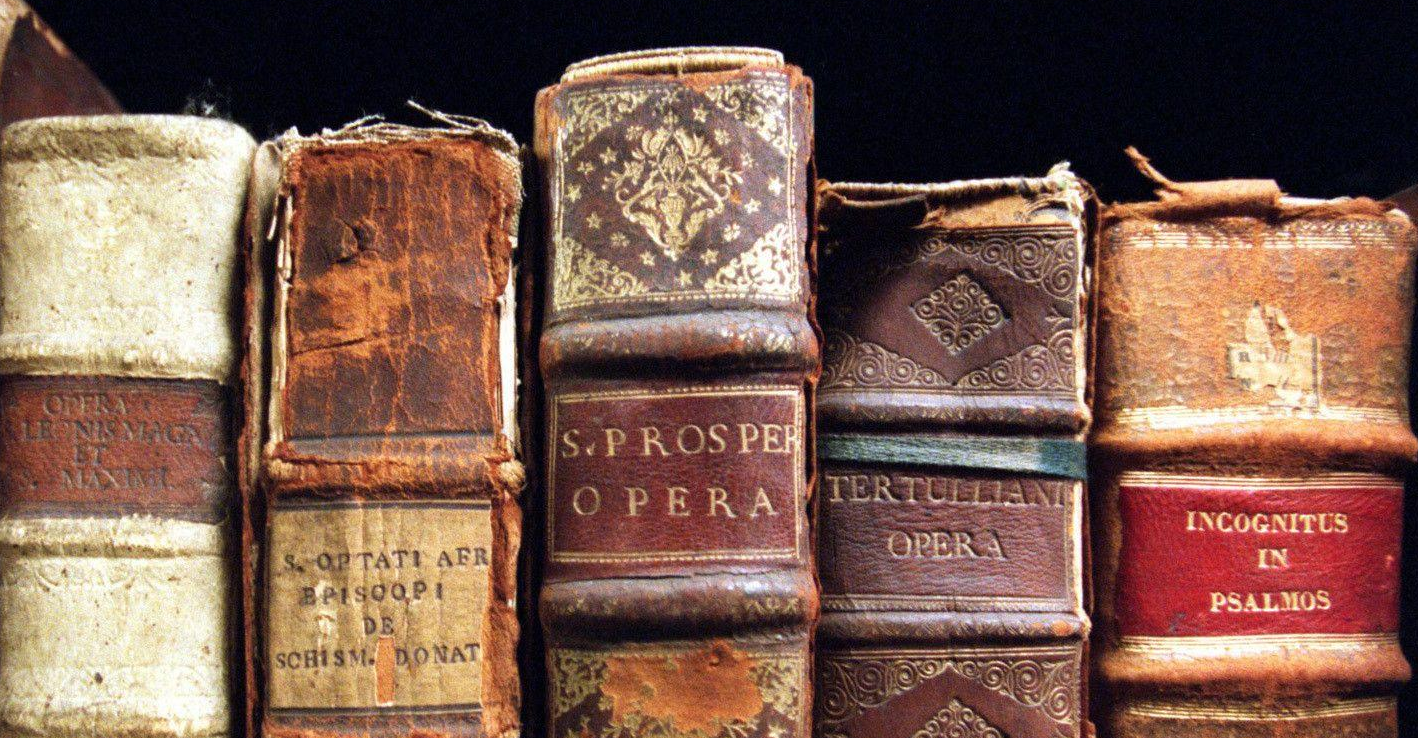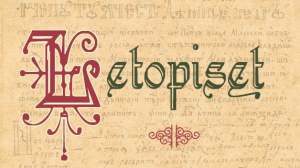Papirusul matematic Rhind este uneori numit „Papirul Ahmes” în onoarea scribului care l-a compilat. Papirusul provine din Regatul Mijlociu egiptean și datează în jurul anului 1650 î.Hr. A fost cumpărat de Henry Rhind în Egipt în 1858 și plasat la Muzeul Britanic în 1864 de către moșia lui Henry Rhind, așa că îi poartă numele.
Acest papirus a fost probabil un manual de matematică, folosit de către cărturari pentru a învăța să rezolve anumite probleme de matematică notând exemple adecvate. În text sunt incluse optzeci și patru de probleme, inclusiv: tabele de împărțiri, înmulțiri și manipularea fracțiilor; şi examinări geometrice ale volumelor şi ariilor.
Manuscrisul arată că egiptenii au folosit ecuații de ordinul întâi și le-au rezolvat în mai multe moduri. Ei cunosc, de asemenea, ecuații pătratice și le rezolvă. Ei cunosc, de asemenea, secvențe numerice și geometrice și cunosc ecuații pătratice precum cele două:
X2 + y2 = 100,
Y = 3/4 x, unde x = 8, y = 6,
Această ecuație este originea teoremei lui Pitagora, a2 = b 2 + c 2, iar egiptenii obișnuiau să numească numărul necunoscut (koom).
Pitagora și-a dezvoltat teoriile matematice după ce a călătorit în Egipt și a învățat de la preoții egipteni, iar acest lucru a fost dovedit în cărțile istoricilor și savanților greci precum Farpharius of Sour, Herodot și Thales.
Egiptenii aveau algebră, trigonometrie și geometrie cu aproximativ 2.000 de ani înainte de nașterea lui Pitagora… și cu aproximativ 3.000 de ani înainte de nașterea lui al-Khwarizmi. ..
https://en.wikipedia.org/wiki/Rhind_Mathematical_Papyrus
https://maa.org/…/mathematical-treasure-the-rhind-and…*https://www.instagram.com/designersparty/
















